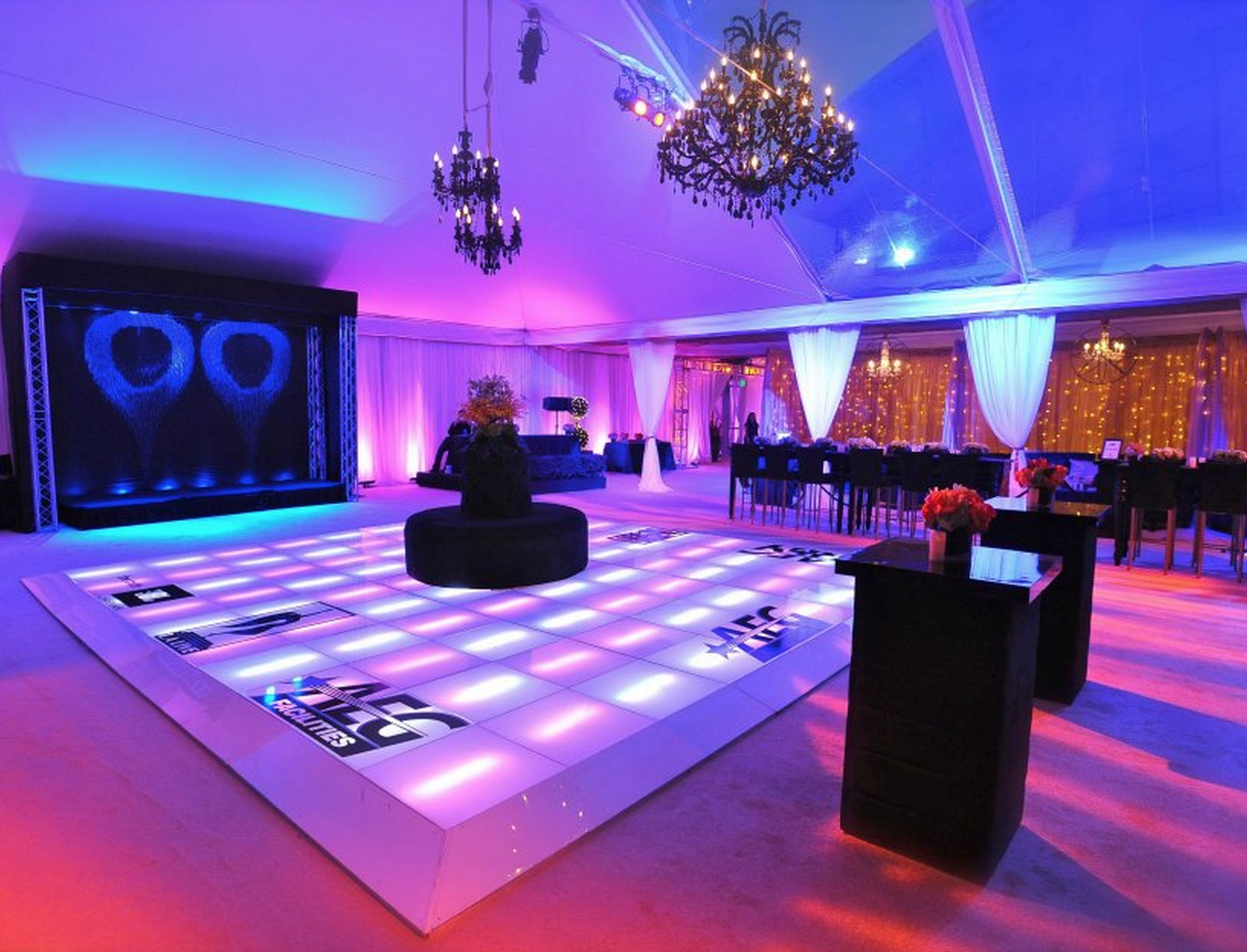Locating the Ideal Dance Surface Size for Your Occasion to Guarantee Optimal Satisfaction and Ease
Locating the Ideal Dance Surface Size for Your Occasion to Guarantee Optimal Satisfaction and Ease
Blog Article
When planning an occasion that includes dancing, one of the key important factors is the dimensions of the dancing floor. The appropriate dance floor size can significantly impact the enjoyment and ease of the guests. A dance floor that is too limited can result to overcrowding, making it difficult for people to navigate freely. On the other hand, a dance floor that is excessively large may seem vacant and uninviting. Thus, achieving the ideal balance is essential for establishing an enjoyable environment.
To determine the suitable dimensions for a dance floor, it is crucial to consider the number of attendees expected the occasion. A general guideline is to allocate about 2 to 4 square feet per guest. For instance, if an occasion is expected to have 100 guests, a dance floor of approximately 200 to 400 square feet would be ideal. This dimension provides enough room for people to dance at ease without experiencing constrained. Additionally, it is important to think about the type of event and the dancing genre that will be showcased, as some dance genres demand more space than others.
Another factor to take into account is the layout of the venue. The dance floor should be site readily accessible and noticeable to all guests. Placing the dance floor in a central area can motivate more people to join in on the excitement. It is also crucial to ensure that there is enough room around the dance floor for guests to mingle and connect. This can help create a vibrant atmosphere where people feel comfortable transitioning between dancing and mingling.
The kind of flooring material can also affect the overall experience. A smooth, durable surface is essential for safe dancing. Common materials for dance floors include wood, vinyl, and laminate. Each of these choices has its benefits, such as longevity and simplicity of care. Selecting the appropriate flooring can improve the dancing experience and reduce the risk of falls and accidents, guaranteeing that attendees can enjoy themselves without worry.
Finally, it is essential to take into account the general concept and ambiance of the event when choosing a dance floor size. The dance floor should complement the design and theme of the occasion. Lighting can also have a significant role in creating an inviting dance area. Employing colored lights or focal lights can elevate the atmosphere and encourage guests to hit the dance floor. By carefully considering these elements, occasion planners can design a dance floor that maximizes pleasure and ease for all guests.